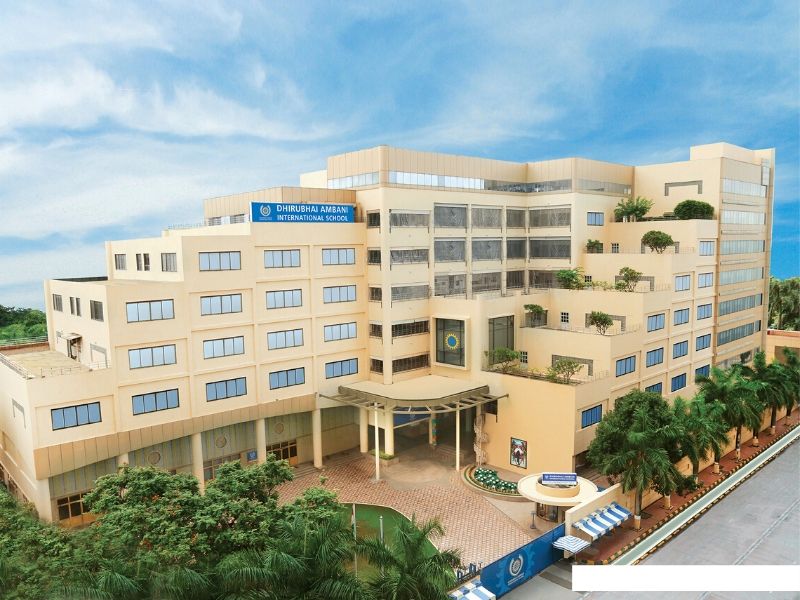On March 10, the RTE Resource Centre at Indian Institute of Management-Ahmedabad, Central Square Foundation, Accountability Initiative and Vidhi Centre for Legal Policy launched the second edition of the State of the Nation: RTE Section 12(1)(c) report. Section 12(1)(c) of the Right to Education (RTE) Act mandates 25 percent reservation for children from economically and socially disadvantaged sections in private unaided non-minority schools.
The report was launched at a summit that was co-hosted by the partners to discuss the current status of implementation of Section 12(1)(c), challenges faced by stakeholders and recommendations to improve implementation of this provision.
According to data compiled by the report, in 2014-15, roughly 3.46 lakh seats were filled out of approximately 22.9 lakh seats available under Section12(1)(c), resulting in a fill rate of 15.12 percent. This is a slight improvement from 3.2 lakh seats filled out of 21.8 lakh available seats (14.66 percent fill rate) in 2013-14.The top-performing states in fill rate were Delhi (44.61 percent), Rajasthan (39.26 percent), Tamil Nadu (37.75 percent), Chhattisgarh (32.94 percent) and Uttarakhand (31.96 percent).
The worst-performing states all had fill-rate less than 1 percent – Andhra Pradesh (0 percent), Telangana (0.01percent), Mizoram (0.21 percent), Uttar Pradesh (0.79percent) and Odisha (0.97 percent).
The report also noted that for most of the states, there are significant disparities in the numbers recorded from different sources. For the purpose of analysis, the report refers to the following data sources:
Data available in the public domain such as websites and documents of the education departments, data reported by the state governments to the Ministry of Human Resource and Development (MHRD)
District Information System for Education (DISE), which is an initiative to improve education related information and covers all districts in the country
Minor sources, including presentations by some state governments, numbers reported by governments on their education portal or in media, information received through RTIs to states, etc.
Apart from data discrepancy, the report also highlights other challenges that impede effective implementation of this provision. Talking about the challenges, Ashish Dhawan, founder and Chairman, Central Square Foundation, said, “Most of the states have either unclear rules or guidelines or are not implementing this provision. Awareness is still patchy, especially in rural areas. Once children enter the school system, provision of supporting and child tracking is almost non-existent.”
Concurring with this, Dr. Ambrish Dongre, senior research fellow at Accountability Initiative, Centre for Policy Research, and Fellow at Centre for Policy Research said, “Out of 1466.5 crore that states requested for Section 12(1)(c) implementation, only 250 crore was approved by the Centre. Only the 6 stats- Chhattisgarh, Gujarat, Karnataka, Odisha, Rajasthan and Uttarakhand- got any assistance from the Centre, indicating that the States need to do lot more”. He also added that “ensuring smooth flow of money from the state to the school is crucial for effective implementation.”
In 2014-15, out of 2.17 lakh schools only 45,996 schools had taken at least one student under this provision. In2013-14, there were 44,158 participating schools out of total 2.06 lakh schools. Nationally, Andhra Pradesh (0 percent), Telangana (0.01percent) and Mizoram (0.17 percent) had the lowest school participation while Delhi (51.84 percent), Tamil Nadu (51.24 percent) and Rajasthan (47.88 percent) had the highest school participation rate.
One of the reasons for low school participation rate is the delay in reimbursement to schools for admitting students under this provision. To address this, the report recommends:
Clarity on the methodology for computing and updating per child recurring expenditure numbers and publishing it in the public domain.
Ensuring reliable and timely reimbursements by streamlining the processes, transfering funds on time to districts, reviewing manpower needs, and coordinating with bank officials to ensure that schools are reimbursed on time.
The report analyses the role that civil society organisations can play in enhancing awareness and strengthening implementation of this provision across states. Professor Ankur Sarin, faculty – Public Systems Group, Indian Institute of Management-Ahmedabad and one of the lead authors of the report says, “Across states like Delhi, Maharashtra, Gujarat, Rajasthan and Karnataka, civil society has played a critical role in improving the implementation of this provision. They have done so by disseminating information and creating awareness about this policy among beneficiaries, exchanging ideas and generating knowledge among other similar organisations through hubs and networks, supporting the intended beneficiaries in the grievance redressal process and advocating for changes in the policy through collaboration with the state bureaucracy, and public interest litigations.”
The judicial route is another option for strengthening this provision. Comments Ajey Sangai, research fellow and Head of Education Initiatives, Vidhi Centre for Legal Policy, “The role of judiciary for effective implementation needs to be explored further by the civil society organisations. In the past one year, we have seen lot of important developments on applicability of this provision, definition of beneficiaries, procedure of admission and reimbursements, in different high courts.”
The report concludes by providing guidelines for enhancing implementation of RTE Section 12(1)(c) through:
Clarity on State rules, notifications and guidelines, especially in areas such as definition of economically weaker and disadvantaged sections, age criteria and entry level class, neighbourhood criteria, items included under free education (uniform, stationery, textbooks, etc.)
Large scale awareness campaigns through TV, newspapers, radio to make potential beneficiaries aware of the process of admissions.
Transition from an offline paper and pen mode of application to an online end to end management information system (MIS) provides for a transparent admissions and reimbursement process, along with post admission processes such as tracking attendance and performance of children.
Streamlined and prompt reimbursements to the private schools.
Addition of these children into state assessments for better tracking and monitoring of performance.
Accountable and operational grievance redressal mechanism to investigate the complaints and take actions against the defaulting schools, and ensure strict compliance by various stakeholders.
To know more about the report, visit http://rte25.in/state-of-the-nation-report/.
Incepted in 2013, the Right to Education Resource Centre (RTERC) is an action research project at IIM Ahmedabad’s Ravi J Matthai Centre for Innovation in Education.
Central Square Foundation (CSF) is a grantmaking organisation and policy thinktank focused on improving quality of school education and learning outcomes of children from low-income communities in India.
Accountability Initiative (AI), at Centre for Policy Research, seeks to strengthen the analytical frameworks of the accountability debate in India through three types of activities – Building Evidence, Deepening Public Debate, and Catalysing Reforms.
Vidhi Centre for Legal Policy is an independent legal policy advisory group whose mission is to achieve good governance in India through impacting legislative and regulatory design.
Posted in National























